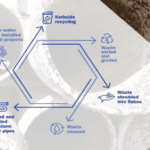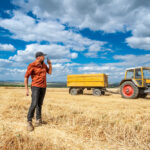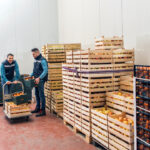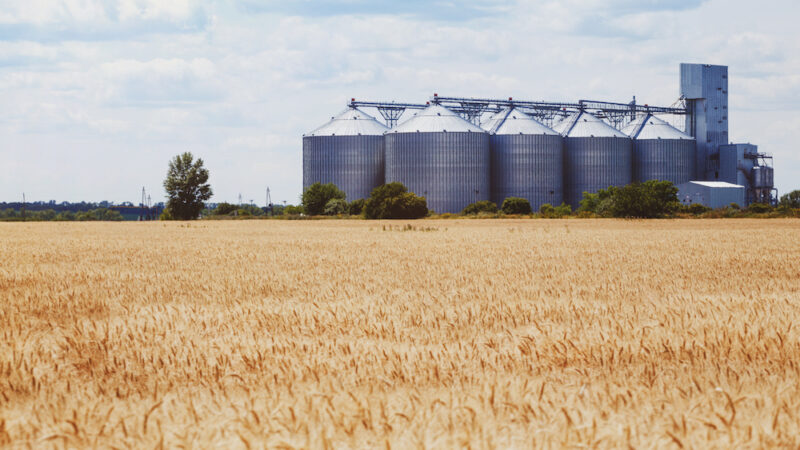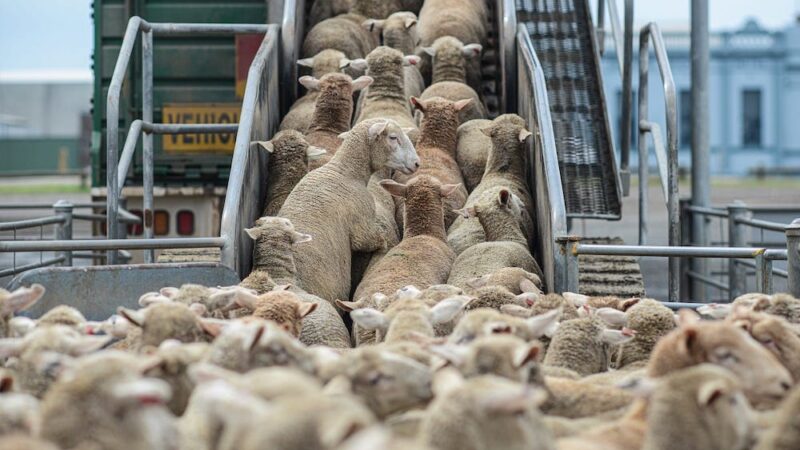As country folk stay put and city slickers make a bee line for the bush,…
Careers in agriculture: the brave new world

Looking for careers in agriculture is nowhere near as hard as many people believe. A quick search online throws up more than 50 occupations and that�s before you even get to �farmer�.
Many people may still think that unless you own land there are no jobs in agriculture, but with more and more universities joining TAFE colleges and offering a diversity of agricultural qualifications, that�s simply no longer true.
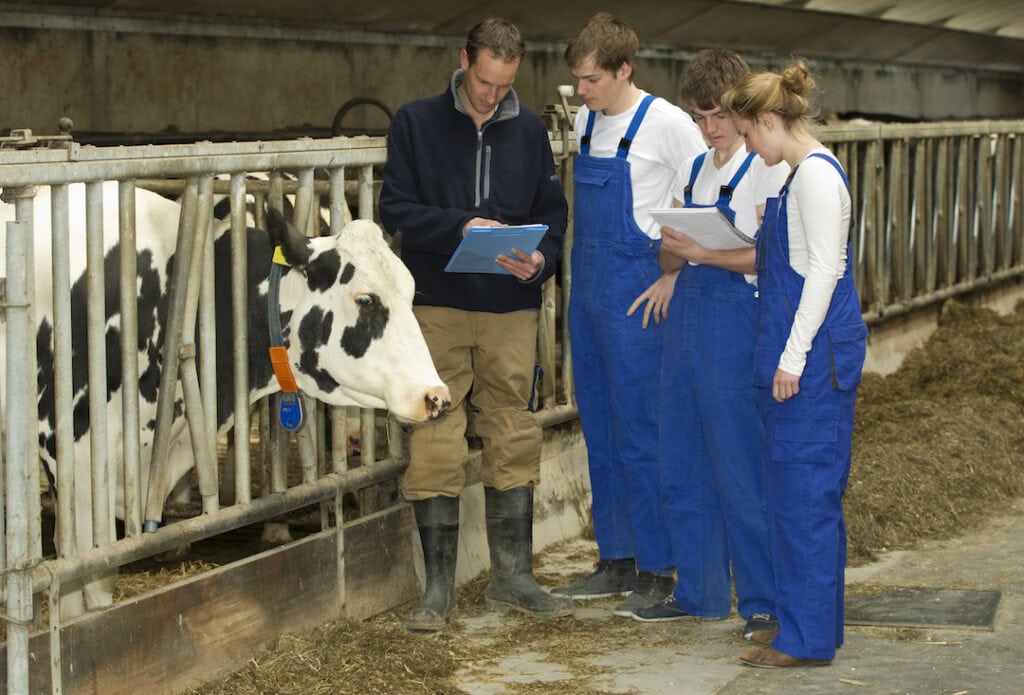
Agricultural consultancy, animal nutrition, ecology, environmental engineering, farm management, hydrology, marine science, cell biology, coastal and ocean science, computer and earth science, ecology and conservation, biology, food science and nutrition. These are just some of the many sectors in farming, and the list goes on.
Off-farm agricultural careers are also growing as support networks in the industry expand. Artificial Intelligence is a case in point, as more farmers use technology to provide them with the competitive edge. Information technology graduates are also needed to develop the tools that the modern farm requires. Using robotics combined with AI, farmers can access better information about crop yields and they are better able to project their eventual income levels.
The use of drones is now almost commonplace, as farmers apply the technology to everything from property security to water, soil, stock and plantation management.
The need for people entering agricultural career options with backgrounds in the sciences, biology, chemistry and physics � allowing them to better understand soil management and plant growth � is becoming critical as global markets adapt to climate change.
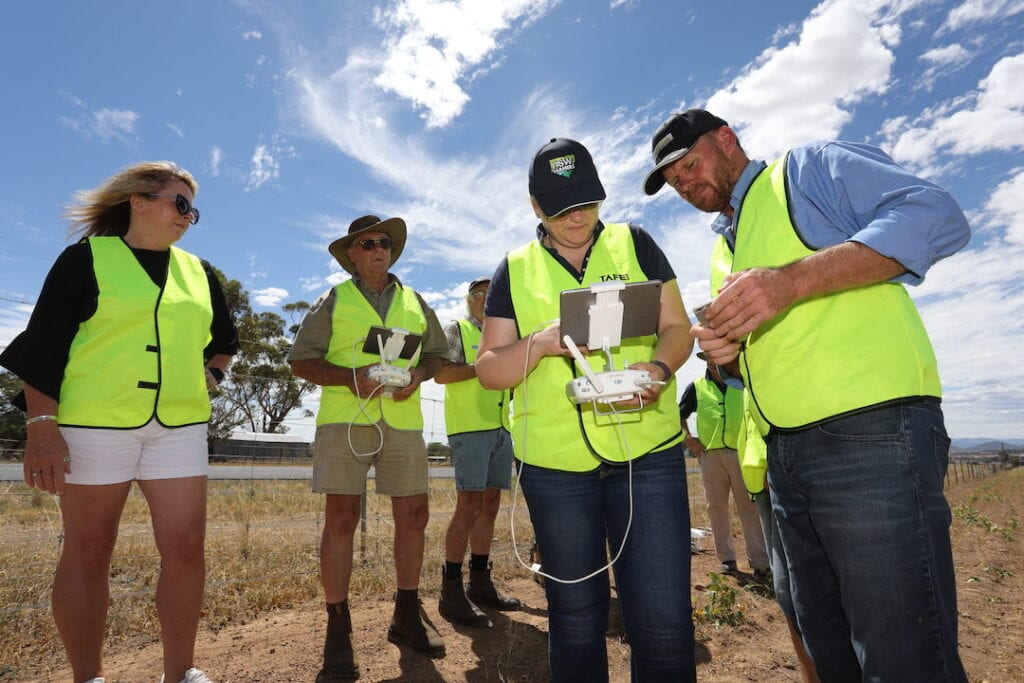
Changing perceptions
As the CEO of the Primary Industries Education Foundation, and a former secondary schools agricultural and science teacher for 10 years, Luciano Mesiti knows about developing secondary and tertiary level courses aimed at encouraging young students to take up agricultural career paths.
He admits that developing teaching material in the agricultural careers space is difficult, largely because of the prevailing perception that owning a farm is the only way to have a career in agriculture.
�In many schools it is challenging because the curriculum doesn�t encourage agriculture. There is still this stereotypical image incorrectly attached to agricultural employment, of a bloke on a tractor. That perception, along with the idea that remuneration levels are too low, and that there are no career paths in the industry. However, research shows that wages per hour in agriculture are higher than hospitality at entry level.�
Luciano Mesiti, CEO � Primary Industries Education Foundation
Luciano says that students need to understand that agriculture is not just farming, but that there are many jobs along the chain in the development, marketing and sale of food.
�The fact is that 80 per cent of agriculture happens beyond the farm gate,� says Luciano. �Getting that into the minds of young people is difficult.�
Agriculture is booming
Australian farmgate production is on track for a record-breaking $66.3 billion year.
The Australian Bureau of Agricultural and Resource Economics and Sciences (ABARES) June quarter 2021 Agriculture Commodities report shows how the sector has navigated the uncertainties and challenges posed by COVID-19 and changes in the international trade landscape.
The ABARES report states: �Australian farms employed 326,000 workers on average across 2018-2019, including full-time, part-time, casual and contract employees.
�Total farm employment varied from 356,000 in February to 311,000 in June 2019, reflecting the timing of relatively labour-intensive operations such as planting and harvest. Variation in total employment on farms is driven by changes in the use of casual and contract labour on farms (often known as seasonal workers).
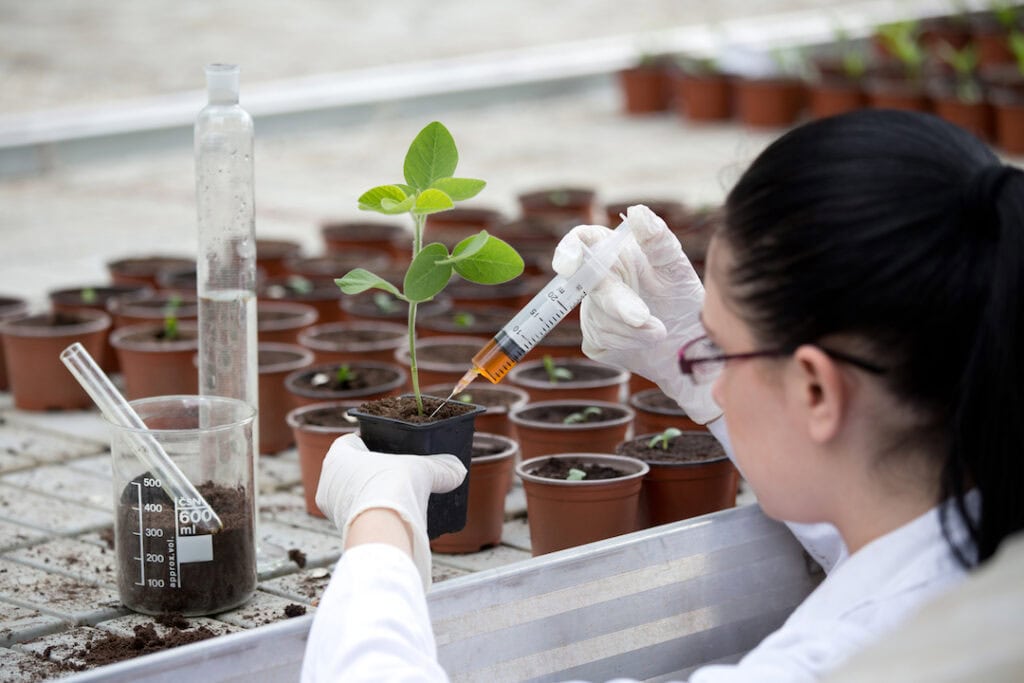
�Broadacre farms are the largest employers in Australian agriculture, accounting for an average of 159,000 workers in 2018-19. Fruit grape and nut farms employed around 104,000 workers, vegetable farms employed 38,000 workers and dairy farms employed an average of 24,000 workers over the year.�
Luciano says that the statistics speak for themselves and there is a growing understanding of the need for professionally trained people in the ag sector.
�Many young people think the work is boring and while this is changing slowly, many urban people have a lack of connection as to where food actually comes from.�
Luciano says that the Australian Bureau of Statistics (ABS) figures showing the increasing move of urban dwellers to regional and rural centres is also helping to change the erroneous perception.
Raising awareness of careers in agriculture
In the past three years the NSW Government and the education standards authority have been moving to increase exposure by students to potential agriculture careers and to a greater understanding of the paddock-to-plate food production chain.
As a result, all students now have to do 50 hours of agricultural studies at high school.
�NSW now has the largest number of students doing agriculture as an elective. In Australia overall there has been a 30 per cent jump in ag degrees offered by universities and agricultural related courses through TAFE,� Luciano comments.
But the reduction in funding and support for the TAFE sector has created many issues for continuing education in rural and regional areas.
�We have a crisis in the education system in schools across Australia,� says Luciano. �There has been a decline in the number of teachers in the tech areas such as woodwork and specialised ag areas. We have found that some schools have removed their ag programs because they don�t have the teachers. There has to be a high priority to think about ag from a technical perspective,� Luciano says.
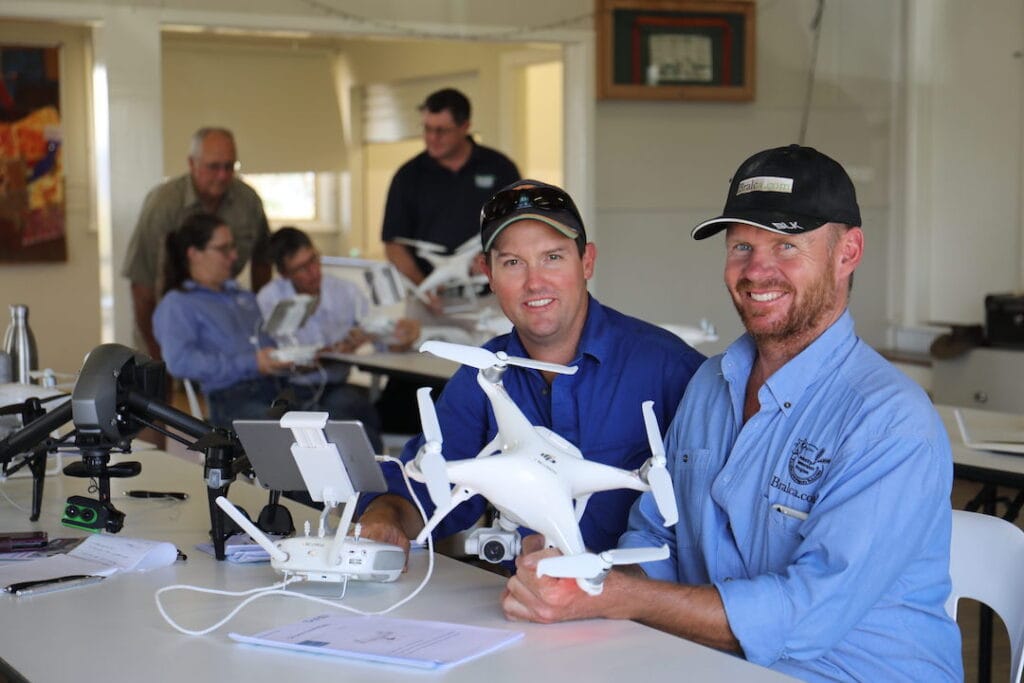
He points out that many TAFE colleges are still offering these specialised tech short courses, despite the cuts to funding and he says other educational institutions such as Tocal College are implementing specialised courses such as drone use and management as well as robotics and AI development.
Increasing study options in agriculture
The NSW Government has a range of courses and study options in the agriculture industry at all stages of a person�s career. The School Based Apprenticeships and Traineeships (SBAT) is currently available through the TAFE curriculum.
There are SBATs in agriculture, horticulture, conservation and land management related areas available at NSW Government Schools. There are currently 101 Government schools across the state that offer these courses.
The NSW Education Standards Authority also has an Agricultural Technology Syllabus available for study for students in Years 7-10, and an HSC Syllabus in Agriculture for study by students in Years 11 and 12.

Enrolments in all qualifications with the exception of Production Horticulture and Production Nursery are placed in the NESA Primary Industries Course, which is an Industry Curriculum Framework course which contributes to the HSC, ATAR and VET qualifications.
The NSW Government has also introduced the AgSkilled 2.0 program which funds fee-free training for job seekers looking to work in the plant-growing agricultural industry sectors of cotton, grains, production horticulture, viticulture and rice growing.
AgSkilled 2.0 training is also available for existing workers seeking to upskill or change their careers in agriculture.
This program is designed to help develop career entry pathways, employment, and career progression by providing the industry-relevant skills employers want and need.
These courses are designed in consultation with the plant-growing sectors and have a focus on skills in production, technology, business and safety.
The AgSkilled 2.0 training is available across rural, regional and metropolitan NSW.
Want to find out more about possible careers in agriculture? You can read about the fantastic courses available at NSW’s regional universities here.




